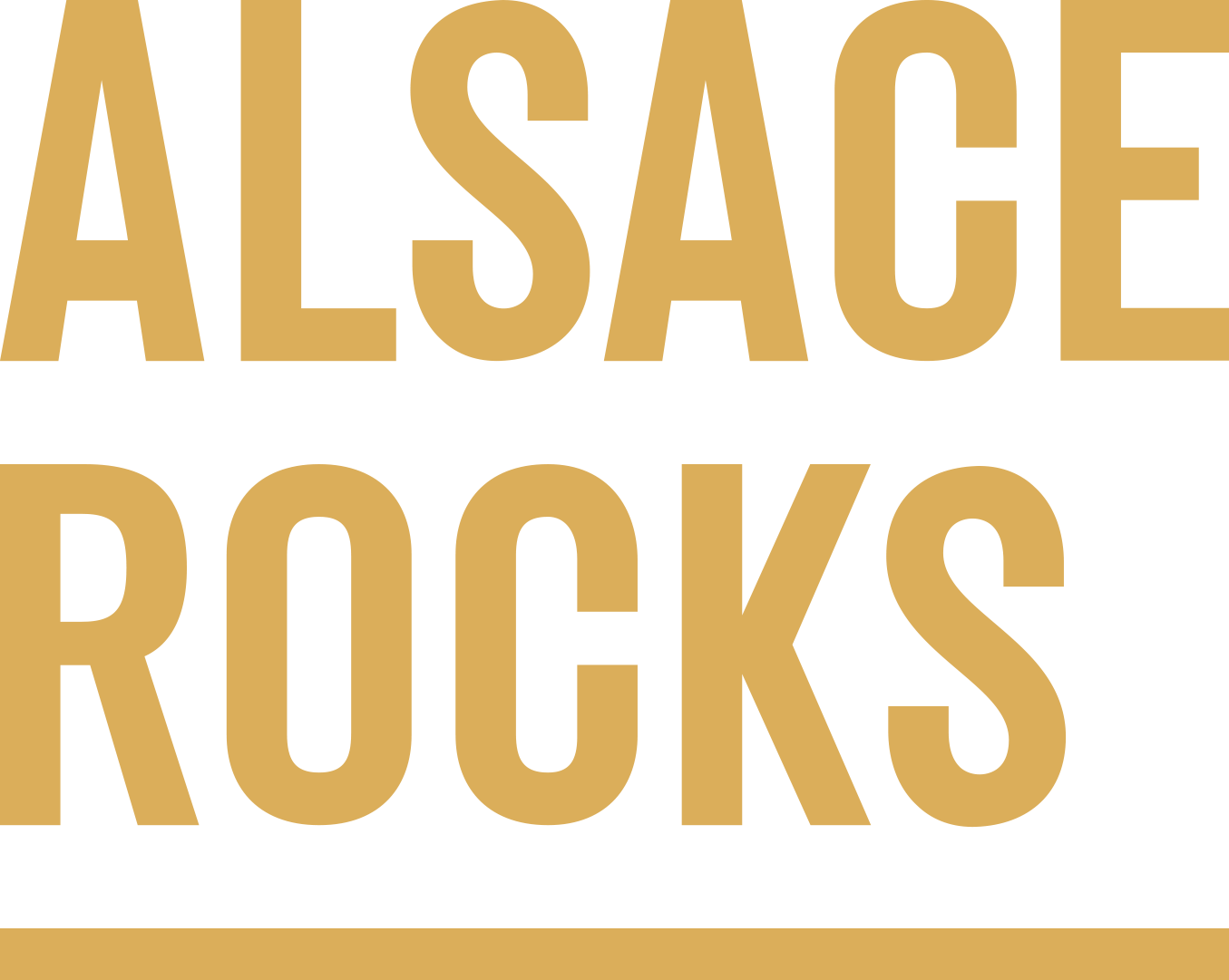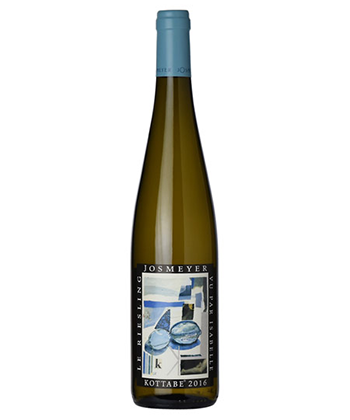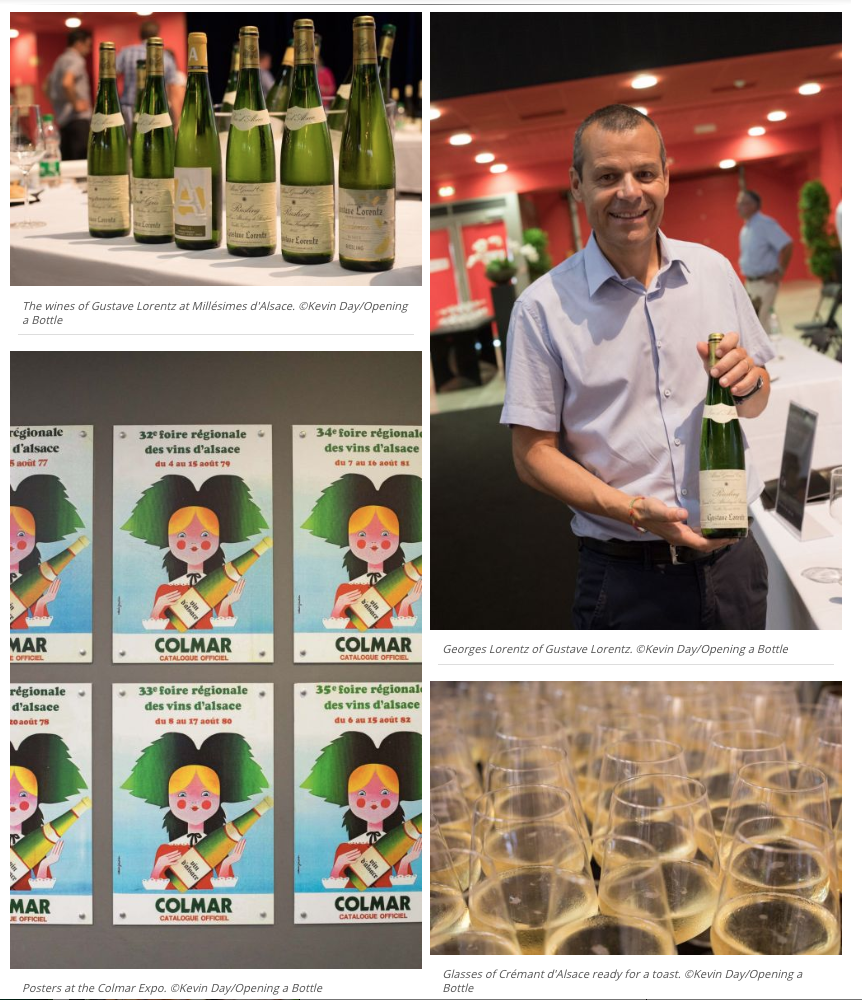Of all the world's great wine grapes, Gewurztraminer may be the least understood. Perhaps it's the fact that it's not the easiest word to pronounce (geh-voortz-tra-meen-er). Or maybe it's the fact that there are various styles, some quite dry, many others lightly or even moderately sweet. Regardless, it's one of the most unique varieties planted anywhere, and the wines produced from it are highly appealing.
The grapes themselves are easy to recognize as they ripen, as they are a deep pink. So too, the aromas of Gewurztraminer are highly distinctive, with aromas ranging from lychee and grapefruit to yellow roses and even lanolin. You don't find perfumes such as these in other varieties, and indeed, along with the Muscat (Moscato) grape, Gewurztraminer is quite easy to recognize by just smelling the wine in a glass.
There are two primary regions where Gewurztraminer excels: Alsace, in far northeastern France, and Alto Adige (also known as Südtirol) in northeastern Italy; here the wine is spelled Gewürztraminer. What these two territories have in common is a cool climate, which helps emphasize the grape's charming perfumes in the finished wines. Generally speaking however, the versions from Alsace tend to be more intense on the palate with perhaps one-half or one percent higher alcohol (13.5% or 14%) than those from Alto Adige; the examples from Alsace are also slightly sweeter, although that varies from producer to producer. (The name of the grape comes from the German word gewurz, meaning "spicy" and the town of Tramin in Alto Adige, hence Gewurztraminer is the "spicy one from Tramin.")
One of the great exponents of Gewurztraminer is Domaine Weinbach in the town of Kayersberg in Alsace. The Faller family, led by Catherine Faller, manages this estate, producing as many as four different offerings of this variety per year. Her son Eddy Leiber-Faller discusses what makes Geuwrztraminer so important in Alsace. "Gewurztraminer is certainly one of the most beautiful expressions of Alsace, and Alsace is in turn the place in the world where this variety gives its best results." He does note that it is a challenging variety to work with; "it needs to be farmed with controlled yields on strong terroirs in order to weather the varietal features with depth and minerality."
Faller also notes that most versions of this wine in Alsace have a bit of residual sugar. "Winemaking is tricky as well, as one can be tempted to produce a bone dry Gewurztraminer, but high alcohol enhances the natural bitterness of the variety and makes it very unpleasant. So the best Gewurztraminer often carry a bit of residual sugar, which needs to be balanced with high acid. Hence again the importance of adequate soils, ideally limestone ones." The Domaine Weinbach "Cuvée Laurence" Gewurztraminer from the 2017 vintage is typical not only for its light sweetness (about 4% residual sugar that is balanced with very good acidity), but also for its heavenly perfumes and ideal ripeness; this is a textbook example of this wine.
One final thing to note about Geuwrztraminer is its adaptability at the dinner table. Given its exotic perfumes and flavors on the palate, it is not a wine many consumers think of for dinner, and admittedly, you would not combine a Gewurztraminer with filet mignon or pasta with a marinara sauce. Yet there are some particular cuisines that are perfect with the wine, especially Indian and Thai - think spice in both the food and the wine - as well as Asian/fusion cuisine. I love taking a bottle to a Thai BYOB restaurant near my home to enjoy the wine with chicken or pork with ginger - it's a great wine/food pairing! Duck breast with an apricot sauce works beautifully, and at Thanksgiving when many of us in America are enjoying turkey, Gewurztraminer is the preferred choice. So while the common belief is that Gewurztraminer may not be an ideal pairing for certain cuisines, there are actually a lot of comfort foods that pair beautifully with the wine; give them a try for an inspired - and delicious - gastronomic treat.
Here are notes on recommended examples of Gewurztraminer I have tasted lately:
Alsace
Domaine Weinbach “Cuvée Laurence” 2017 - Exquisite aromas of pink roses, lychee and orange blossom. Medium-full with very good concentration. Superb varietal character, off-dry, excellent persistence. Absolutely delicious! Great texture and mouthfeel – rich mid-palate. Ultra clean and ultra fresh. Good acidity, and ideal harmony. So well done! Enjoy over the next 5 years – if you can wait! Outstanding
Zind-Humbrecht Grand Cru Hengst 2016 - Textbook aromas of lychee, orange rose and honey. Full-bodied, this has tremendous weight on the palate and a lengthy finish with distinct spice notes (ginger), good acidity, and a light note of sweetness. This is so appealing now, but greater complexities will emerge with time, with peak drinking in 7-10 years. Superb
Gustave Lorentz Reserve 2015 - Aromas of lanolin, Anjou pear and grapefruit. Medium-bodied, this has excellent varietla character, distinct yellow spice notes (tumeric, ginger) on the palate and in the finish and is dry with good acidity. As is typical for this producer, this is a more subdued and lighter style of Gewurztraminer; this 2015 is one of the best I have tasted from Lorentz in several years. Pair with Indian or Asian cuisine. Enjoy over the next 2 years. Excellent
Emile Beyer "Tradition" 2017 - Delicate aromas of lychee, yellow rose and orange blossom. Medium-bodied, this has good varietal character and a dry, lightly bitter finish. This needs food - pair with Thai cuisine. 2-3 years. Very Good
Chateau D’Orschwihr "Rollenberg" 2015 - Deep yellow with golden hues. Rich aromas of yellow roses, guava and marzipan. Medium-full, this is ripe and oily with impressive richness on the palate. This has notable varietal character, but the finish is short and overall the wine does not live up to the aromatics. Still, a nice wine with good complexity and balance. Enjoy over the next 2-3 years. Very Good
Schlumberger Grand Cru Keller 2014 - Ripe apricot, honey, lychee and yellow rose aromas. Rich and quite ripe, this is a bit sweet in the finish without proper balancing acidity. Lush and full-throttle, pair this with blue cheese or foie gras. 3-5 years for peak. Very Good
Trimbach "Cuvée des Seigneurs de Ribeaupierre" 2012 - Intense aromas of yellow rose, lychee, apricot and honey. Medium-full, this has excellent depth of fruit and is ripe and lush; the lengthy finish has good balancing acidity and pleasant spicy, nutty notes. Excellent freshness and tremendous complexity. Enjoy over the next 7-10 years, perhaps longer. Superb
Trimbach Gewurztraminer Vendanges Tardives 2014 - Bright, light yellow with a golden hue. Exotic aromas of beeswax, honey, apricot and lychee. Medium-full, this is moderately sweet and has excellent persistence and complexity, along with great varietal character and a lengthy finish. This should drink well for another 10-12 years, perhaps longer. Superb
(Read full article via Forbes)














